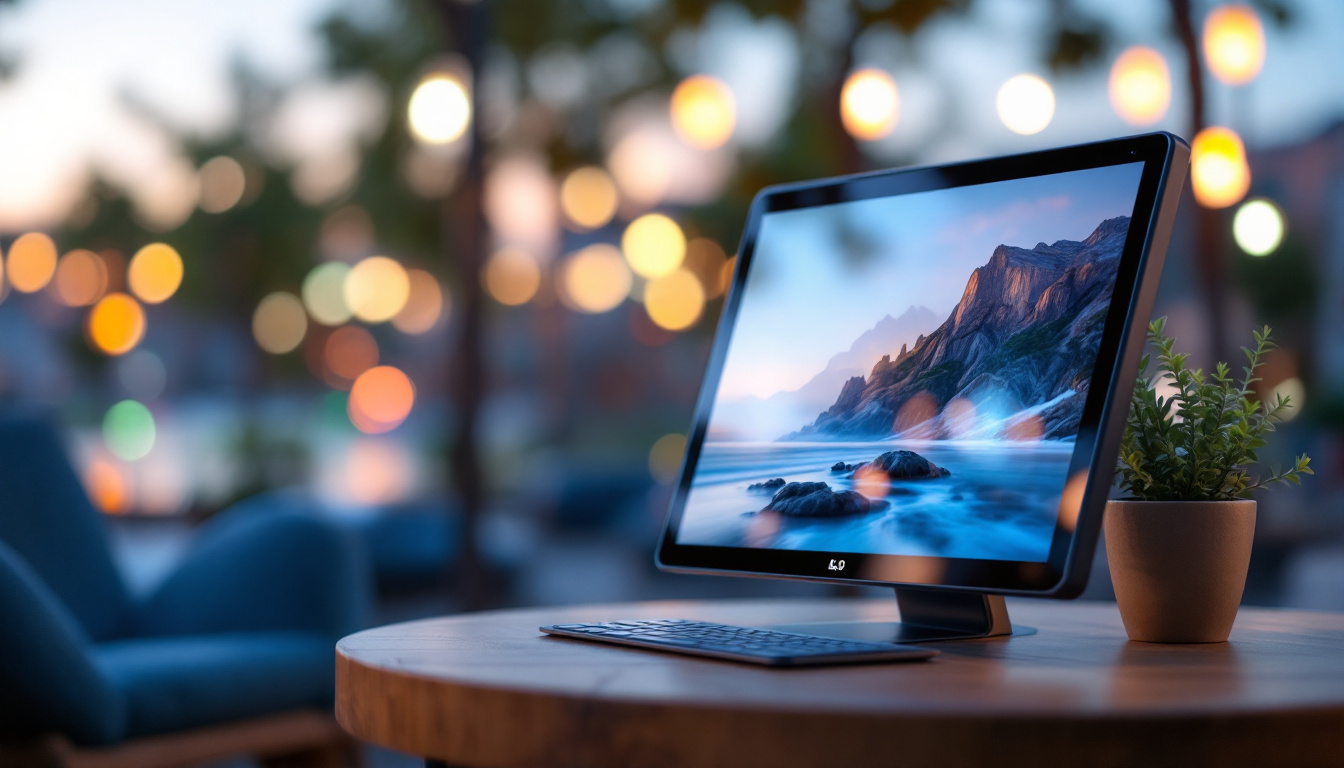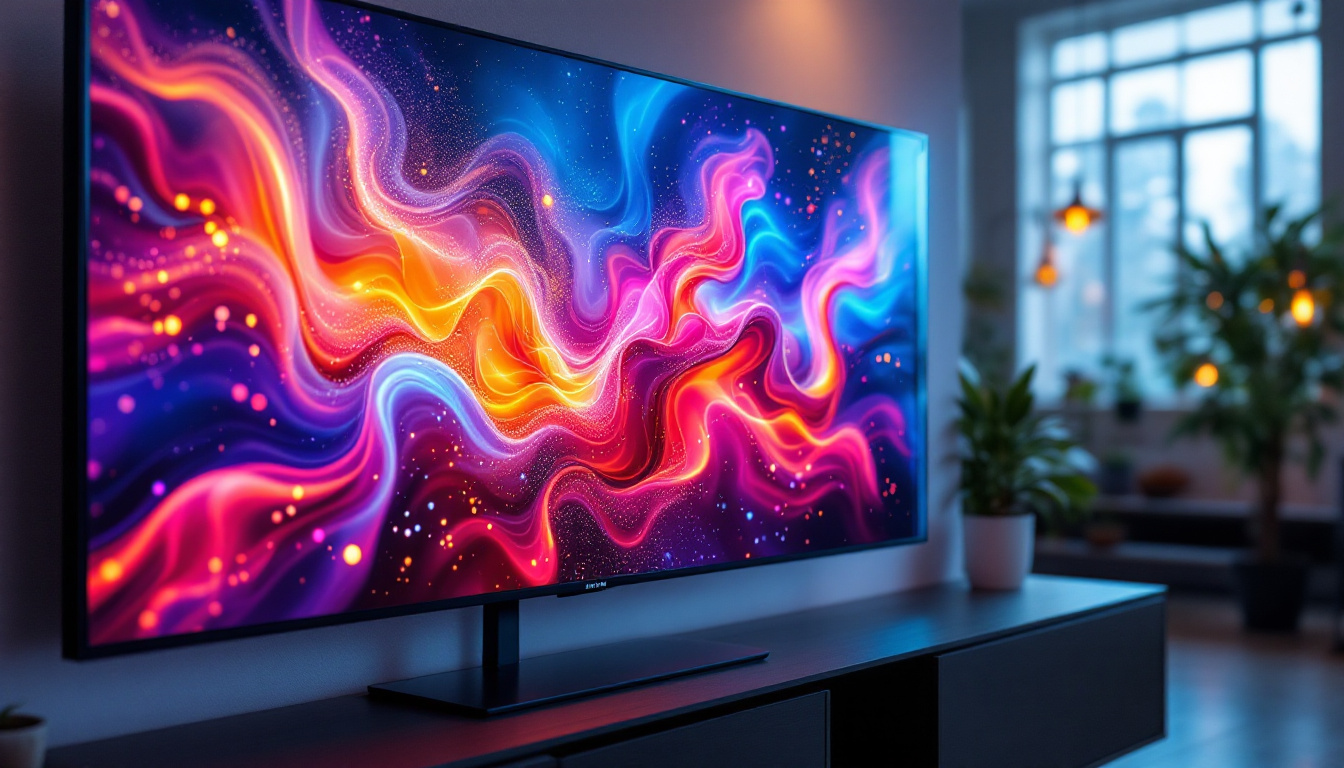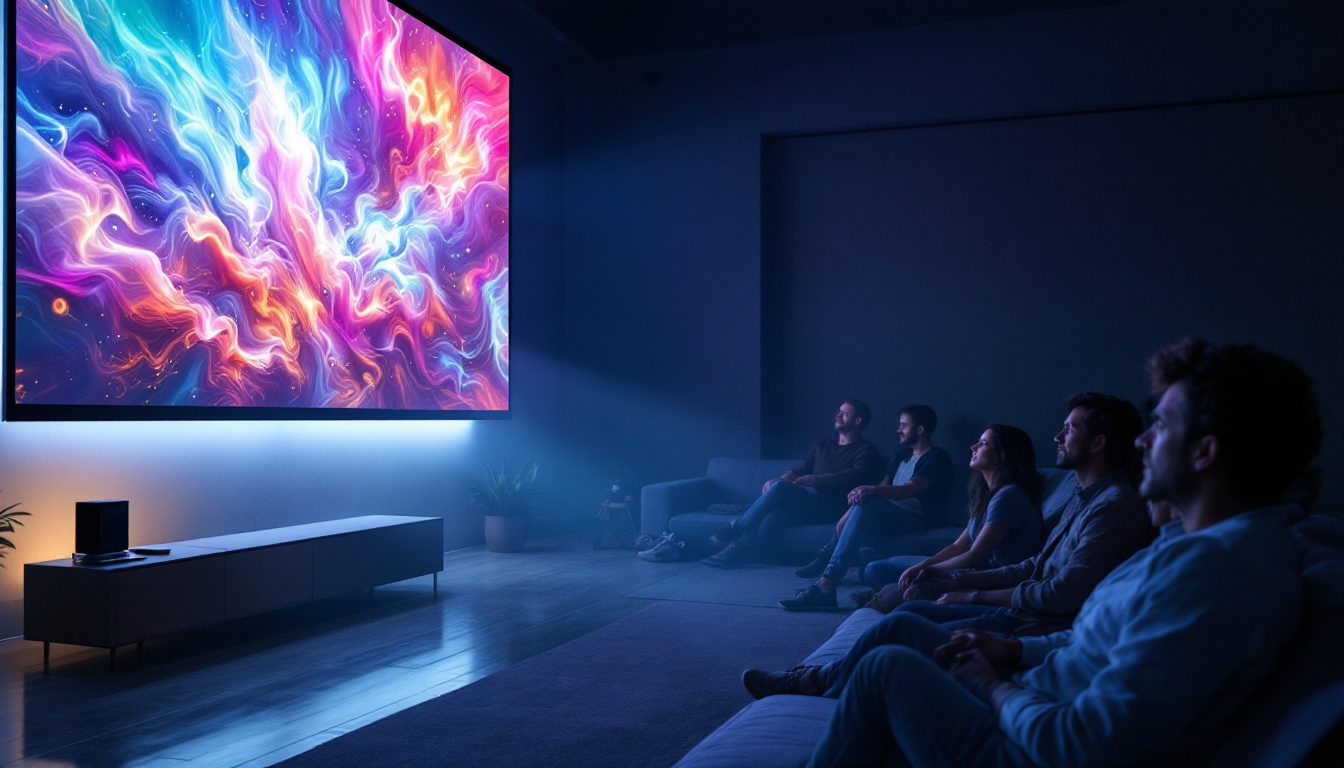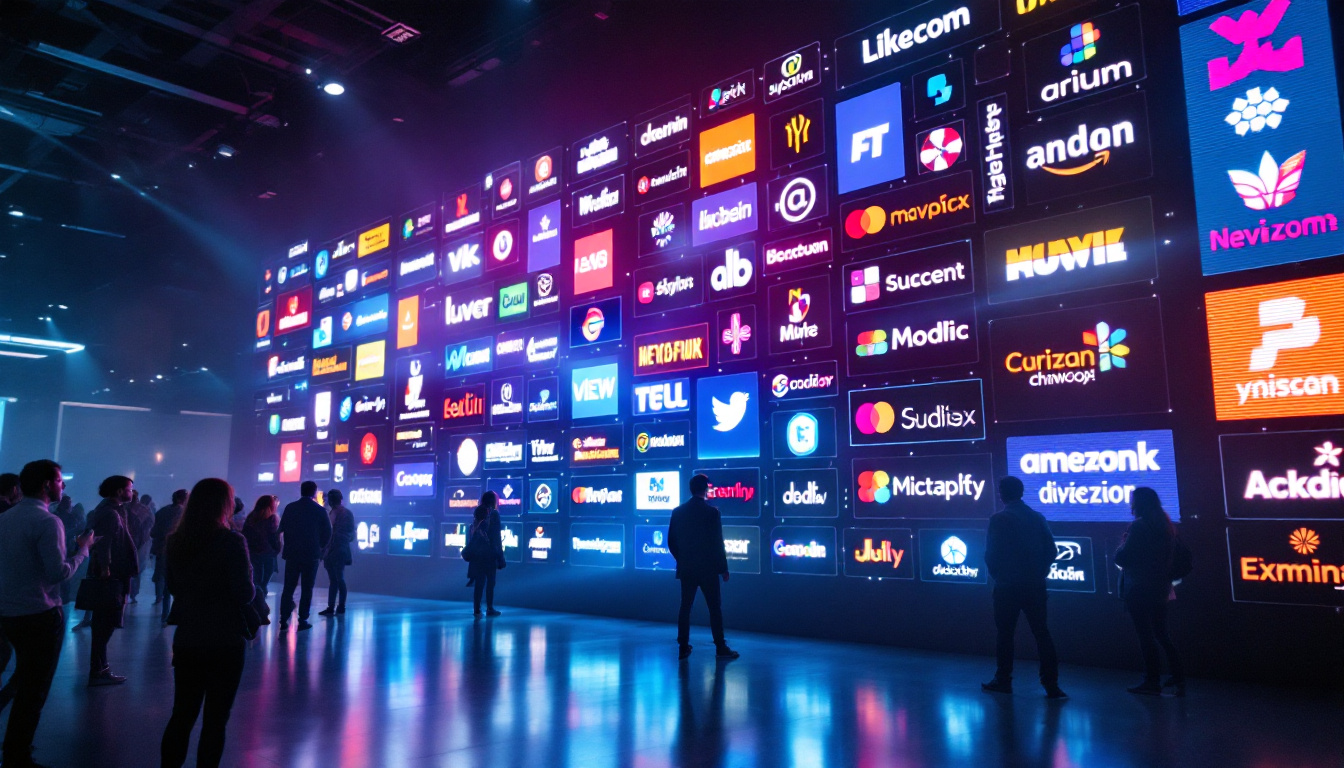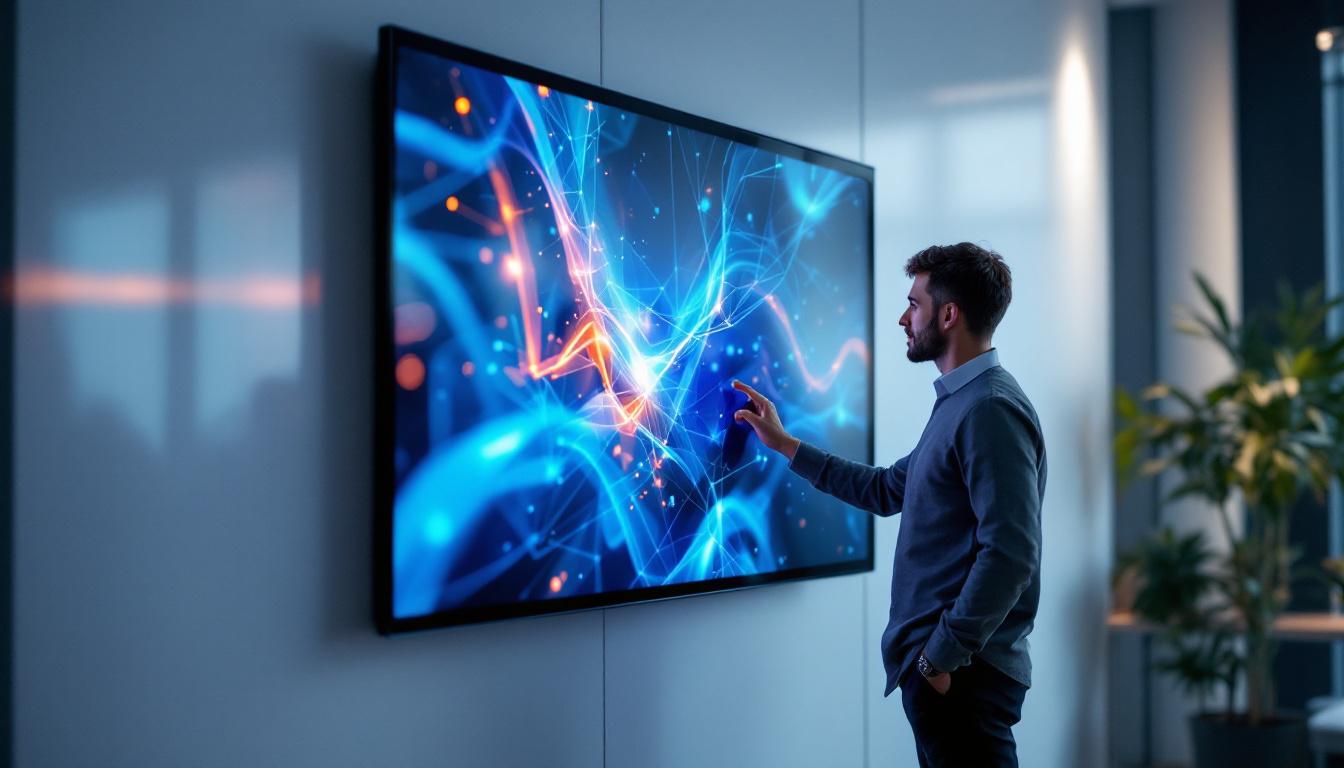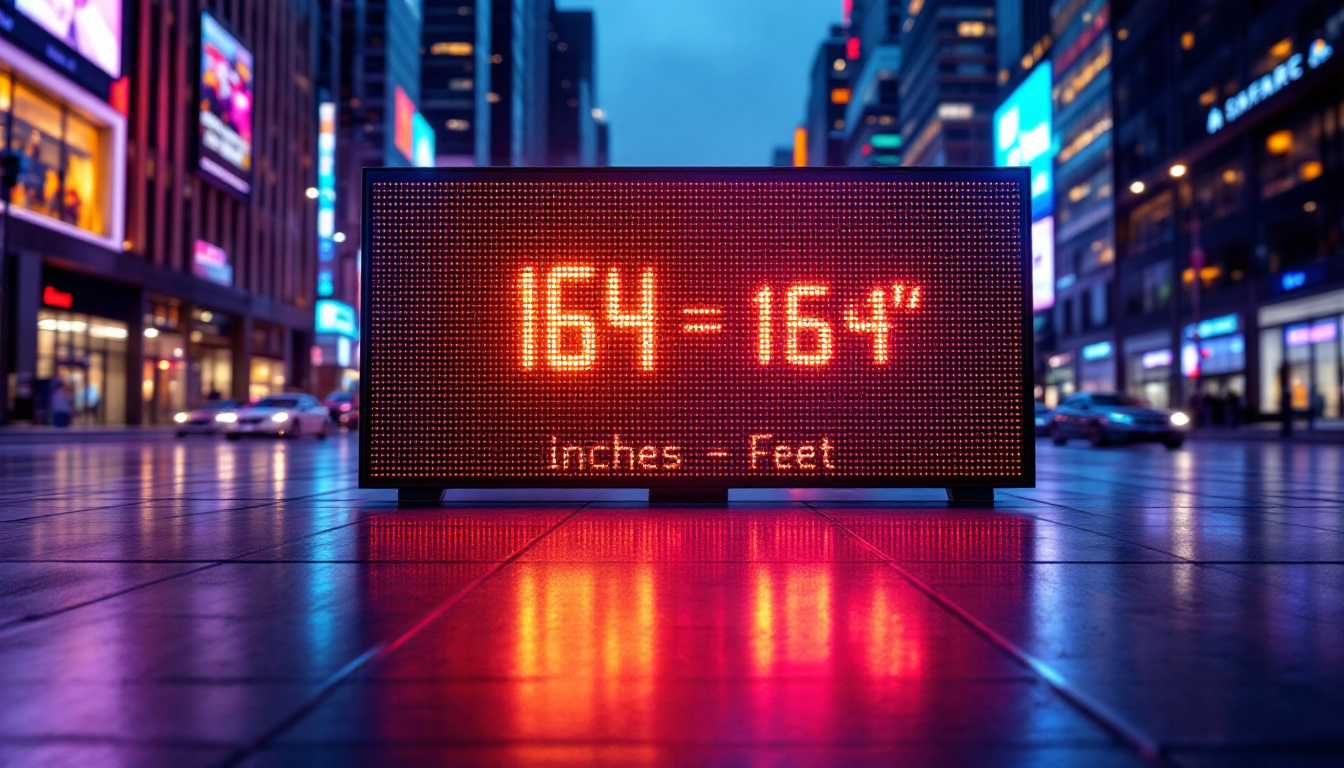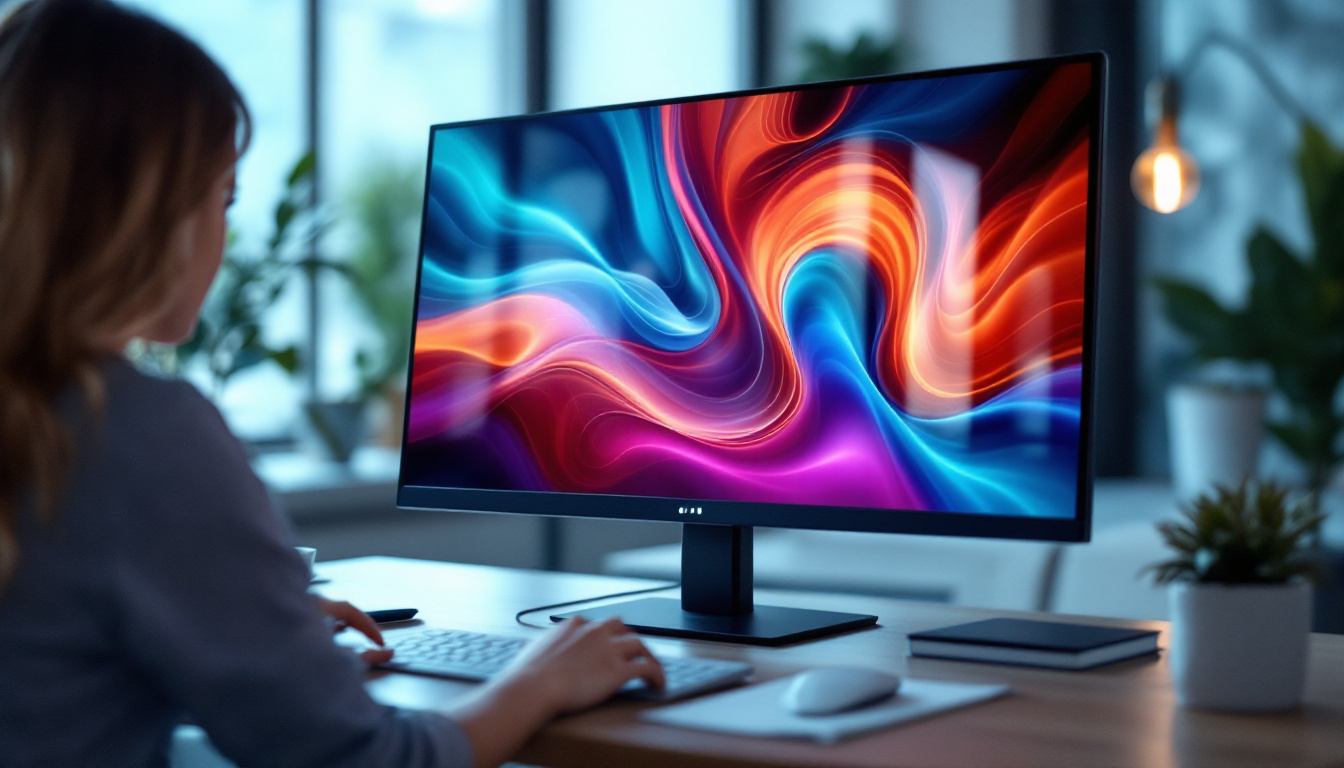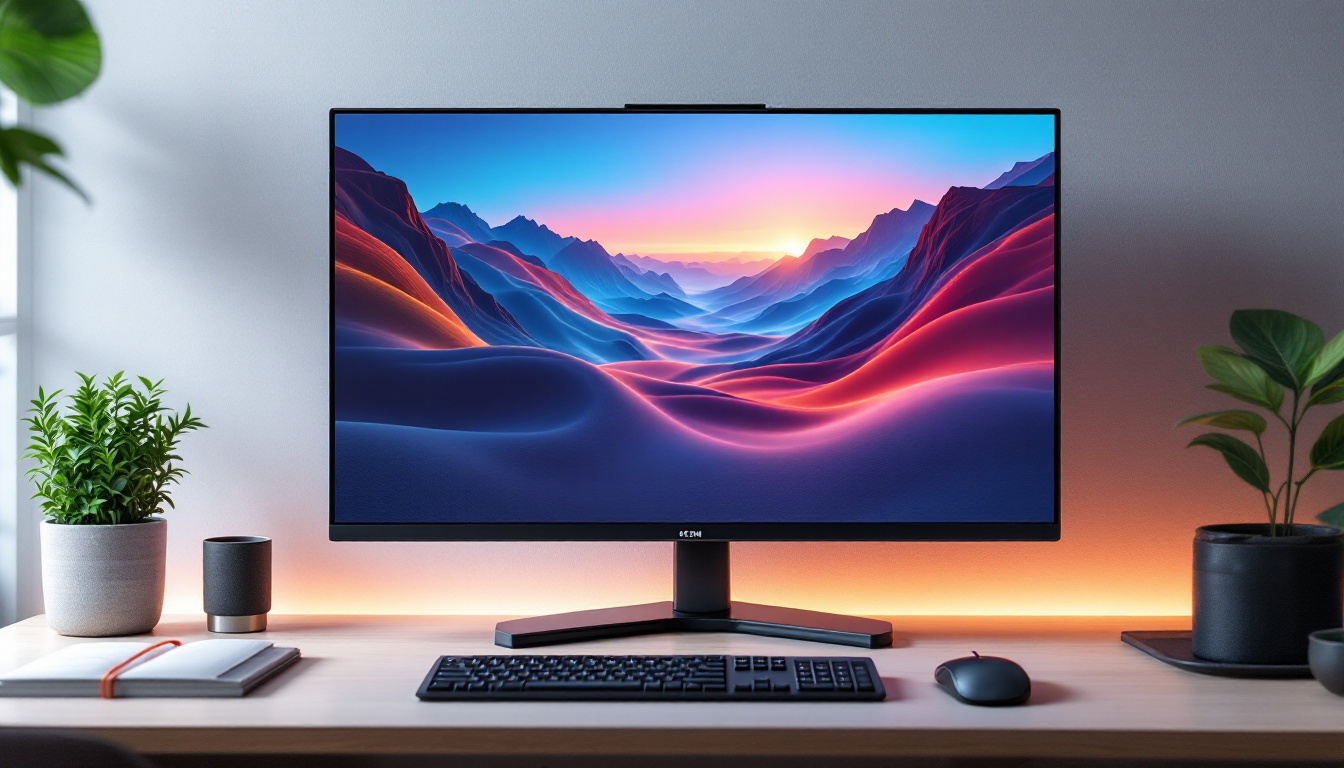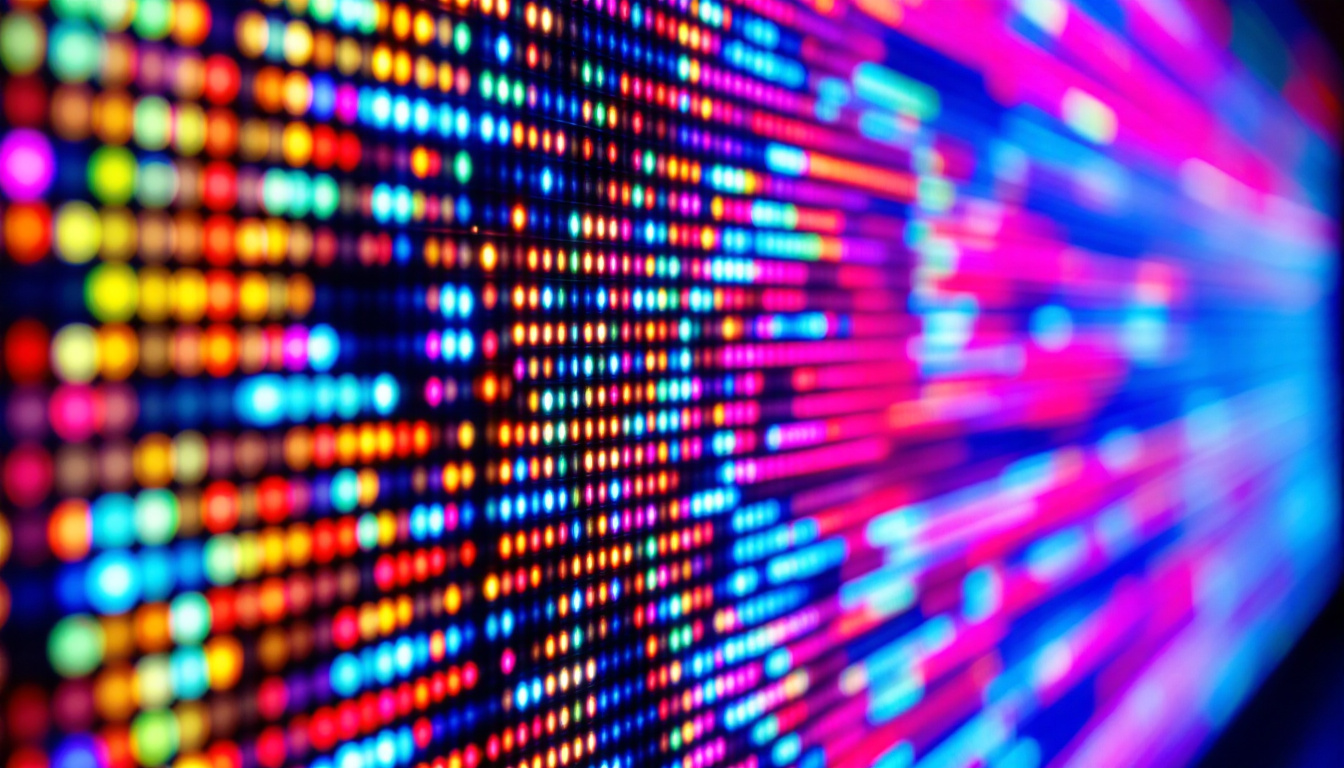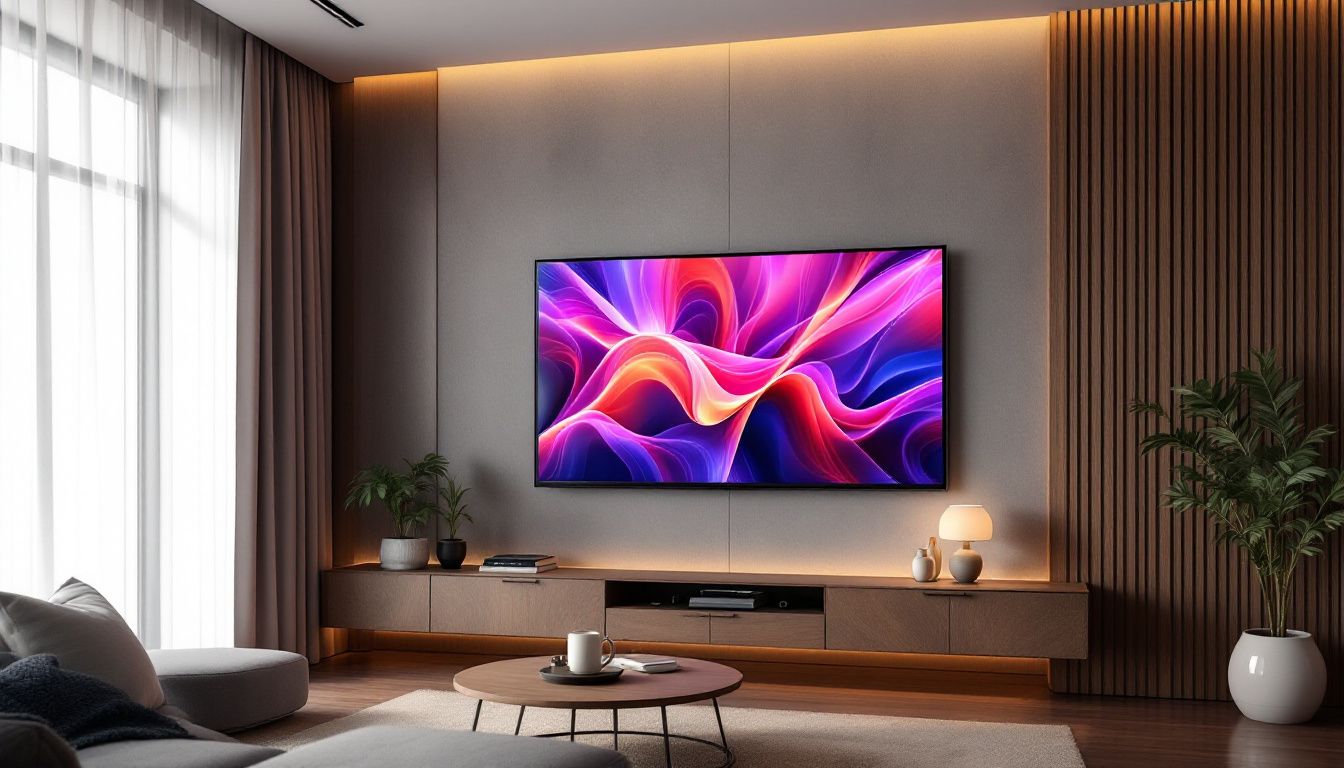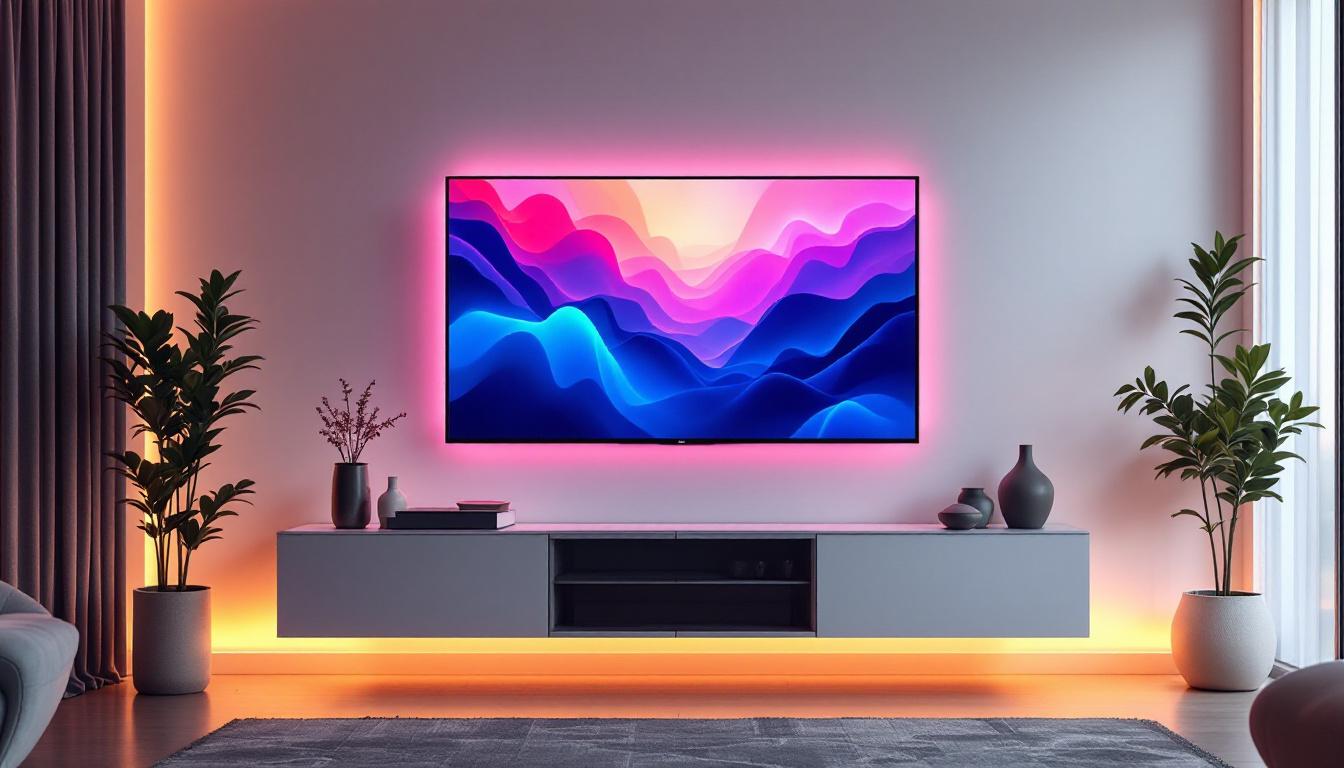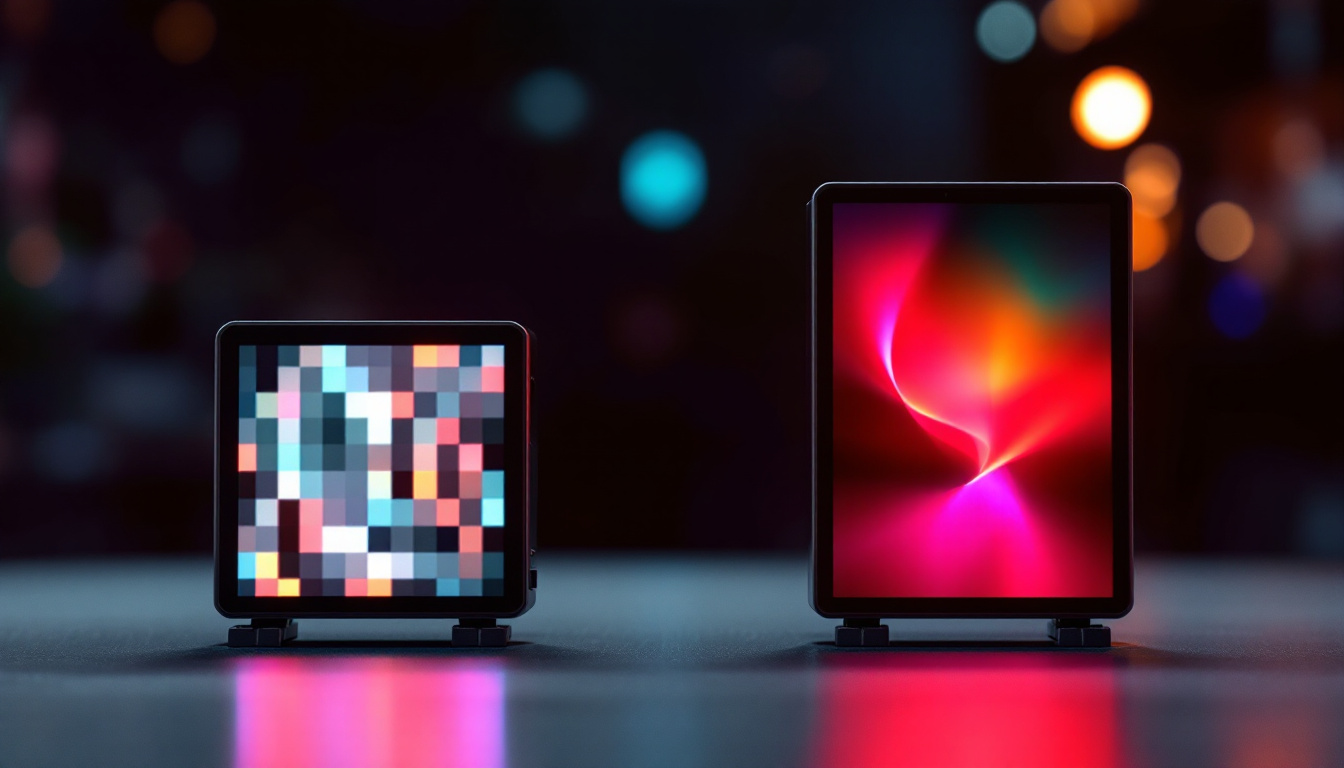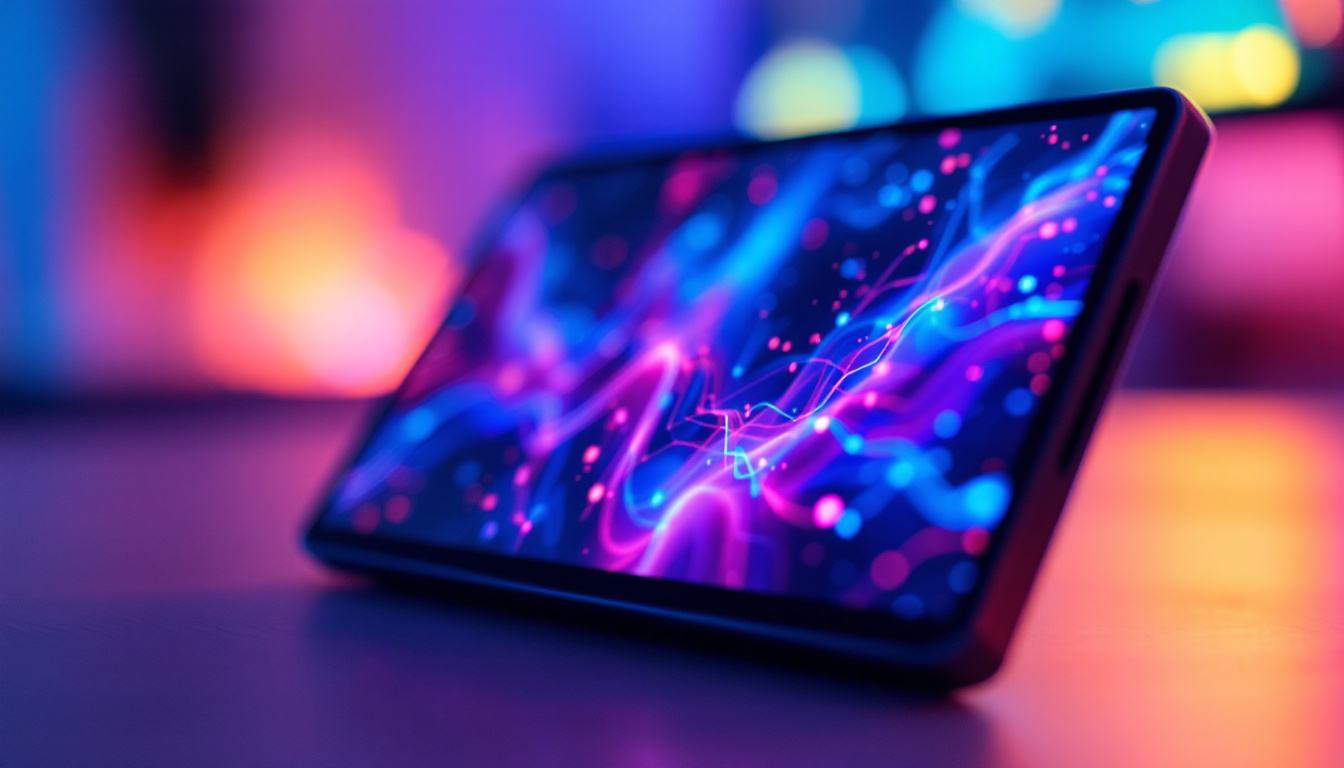In an age where mobility and versatility are paramount, touch screen portable monitors have emerged as indispensable tools for professionals and tech enthusiasts alike. These devices not only enhance productivity but also provide an interactive experience that traditional monitors cannot match. This article delves into the intricacies of touch screen portable monitors, focusing specifically on LED display technology, its benefits, and its applications.
Understanding Touch Screen Portable Monitors
Touch screen portable monitors are compact, lightweight displays designed to be easily transported and connected to various devices, such as laptops, tablets, and smartphones. Their touch functionality allows users to interact directly with the screen, making them ideal for presentations, graphic design, and gaming. The combination of portability and touch capability makes these monitors a popular choice for both personal and professional use. With advancements in technology, these monitors have become increasingly sophisticated, featuring higher resolutions and improved touch sensitivity, which further enhances their usability across different applications.
Key Features of Touch Screen Portable Monitors
When considering a touch screen portable monitor, several key features should be taken into account. These features not only enhance user experience but also determine the monitor’s suitability for specific tasks. Understanding these aspects can help users make informed decisions based on their individual needs and preferences.
- Display Quality: Most touch screen portable monitors utilize LED technology, providing vibrant colors and sharp images. The resolution, typically ranging from Full HD to 4K, plays a crucial role in the clarity of visuals. Higher resolutions are particularly beneficial for tasks that require detailed graphics, such as photo editing or gaming, where every pixel counts.
- Touch Sensitivity: The responsiveness of the touch screen is vital. Monitors with advanced touch technology offer multi-touch capabilities, allowing for gestures like pinch-to-zoom and swipe. This feature not only enhances navigation but also enables creative professionals to manipulate images and designs with greater precision.
- Connectivity Options: USB-C, HDMI, and DisplayPort are common connectivity options that ensure compatibility with a wide range of devices. Some models even support wireless connectivity, allowing for a clutter-free workspace and easy connection to multiple devices without the hassle of cables.
Advantages of Using Touch Screen Portable Monitors
The advantages of incorporating a touch screen portable monitor into your tech arsenal are numerous. From enhancing productivity to providing a more engaging user experience, these devices offer a variety of benefits. Their versatility makes them suitable for various environments, whether in a corporate office, a creative studio, or even at home.
- Increased Productivity: The ability to interact directly with the screen can streamline workflows, making tasks such as graphic design and data analysis more efficient. Users can quickly switch between applications and manipulate data with simple gestures, reducing the time spent on repetitive tasks.
- Enhanced Collaboration: Touch screen monitors facilitate collaborative work by allowing multiple users to interact with the display simultaneously, making them perfect for brainstorming sessions and presentations. This interactive feature encourages participation and fosters a more dynamic exchange of ideas among team members.
- Portability: Their lightweight and compact design means they can easily be transported, making them ideal for professionals on the go. Whether you’re traveling for business or working remotely, having a touch screen portable monitor can significantly enhance your productivity and flexibility.
Moreover, many touch screen portable monitors come equipped with built-in speakers and adjustable stands, further enhancing their functionality. The inclusion of these features allows for a more immersive experience, whether you’re watching videos, giving a presentation, or engaging in a video conference. Additionally, the durability of these monitors has improved, with many models featuring scratch-resistant screens and robust housing, making them suitable for everyday use in various environments.
As the demand for remote work and flexible solutions continues to rise, touch screen portable monitors are becoming increasingly essential tools. They not only provide the convenience of a second screen but also enhance the overall user experience through their interactive capabilities. With a growing array of options available on the market, users can find models tailored to their specific needs, whether for entertainment, professional use, or educational purposes.
LED Display Technology: The Heart of Touch Screen Monitors
LED (Light Emitting Diode) technology has revolutionized the way displays are manufactured and perceived. This section explores the fundamentals of LED displays, their advantages, and how they compare to other display technologies.
What is LED Display Technology?
LED displays utilize light-emitting diodes to create images. Unlike traditional LCD displays that rely on fluorescent backlighting, LED displays provide a more efficient and vibrant visual experience. They are known for their energy efficiency, longer lifespan, and superior color accuracy.
In touch screen portable monitors, LED technology enhances the overall viewing experience. The brightness and contrast levels are significantly improved, allowing users to work effectively in various lighting conditions.
Benefits of LED Displays
LED displays come with a plethora of benefits that make them a preferred choice for portable monitors. Understanding these advantages can help users make informed decisions when selecting a monitor.
- Energy Efficiency: LED displays consume less power compared to traditional displays, contributing to longer battery life for portable devices.
- Brightness and Contrast: LED technology offers superior brightness and contrast ratios, making images appear more vivid and lifelike.
- Thin and Lightweight Design: The compact nature of LED technology allows for thinner and lighter monitors, enhancing portability.
Applications of Touch Screen Portable Monitors
Touch screen portable monitors find applications across various fields, catering to diverse user needs. Their versatility makes them suitable for a range of environments, from corporate offices to creative studios.
Business and Professional Use
In the corporate world, touch screen portable monitors are invaluable tools for presentations and meetings. Their interactive nature allows presenters to engage with their audience more effectively. Moreover, professionals in fields such as design, architecture, and engineering benefit from the precision and control that touch functionality offers.
Creative Industries
For artists and designers, touch screen portable monitors provide an intuitive platform for digital creation. The ability to draw directly on the screen with a stylus or finger enhances the creative process, allowing for greater expression and detail. Graphic designers, animators, and photographers can leverage these monitors to bring their visions to life with unparalleled precision.
Education and Training
In educational settings, touch screen portable monitors facilitate interactive learning experiences. Teachers can use these devices to present lessons, engage students in collaborative projects, and provide hands-on training in technical subjects. The tactile interaction fosters a more engaging learning environment, catering to various learning styles.
Choosing the Right Touch Screen Portable Monitor
Selecting the right touch screen portable monitor involves considering various factors that align with individual needs and preferences. Here are some key considerations to keep in mind.
Screen Size and Resolution
The size of the monitor can significantly impact usability. Smaller screens may be more portable, but larger displays provide a better viewing experience. Additionally, resolution plays a crucial role in image clarity. For tasks requiring detailed visuals, a higher resolution monitor is advisable.
Touch Technology
Different monitors utilize varying touch technologies, such as capacitive and resistive touchscreens. Capacitive touchscreens are generally more responsive and support multi-touch gestures, while resistive touchscreens may be more affordable but offer less sensitivity. Understanding these differences can help users choose a monitor that fits their interaction preferences.
Budget Considerations
Budget is always a critical factor when purchasing technology. Touch screen portable monitors come in a range of prices, influenced by features such as size, resolution, and build quality. It’s essential to balance desired features with budget constraints to find the best value.
Maintenance and Care for Touch Screen Portable Monitors
Proper maintenance and care can significantly extend the lifespan of touch screen portable monitors. Here are some tips to keep these devices in optimal condition.
Cleaning and Protection
Regular cleaning is essential to maintain the display’s clarity and responsiveness. Use a microfiber cloth and a gentle cleaning solution to avoid damaging the screen. Additionally, consider using a screen protector to safeguard against scratches and smudges.
Storage and Transport
When transporting a portable monitor, it’s crucial to use a protective case to prevent physical damage. Avoid placing heavy objects on top of the monitor during transport, and store it in a safe environment to prevent exposure to extreme temperatures or humidity.
Future Trends in Touch Screen Portable Monitors
The technology behind touch screen portable monitors is continually evolving. As advancements in display technology and user interface design progress, several trends are emerging that could shape the future of these devices.
Integration with AI and Smart Features
As artificial intelligence (AI) becomes more prevalent, future touch screen portable monitors may incorporate smart features that enhance user interaction. Voice recognition, gesture control, and personalized settings could revolutionize how users engage with their devices.
Enhanced Connectivity
With the rise of wireless technology, future monitors may feature enhanced connectivity options, allowing for seamless integration with various devices. Wireless charging and connectivity through Bluetooth or Wi-Fi could eliminate the need for cables, further enhancing portability.
Conclusion
Touch screen portable monitors equipped with LED display technology offer a unique blend of functionality and convenience. Their versatility makes them suitable for a wide range of applications, from business presentations to creative projects. As technology continues to advance, these monitors are poised to become even more integral to our daily lives, enhancing productivity and creativity in ways previously unimaginable.
Investing in a touch screen portable monitor can be a game-changer for professionals and creatives alike. By understanding the various features, benefits, and applications, users can make informed decisions that align with their needs and preferences. As the future unfolds, staying informed about emerging trends in this technology will ensure that users can leverage the full potential of their devices.
Discover LumenMatrix’s Advanced LED Display Solutions
Ready to elevate your visual experience with the latest in touch screen portable monitor technology? Explore LumenMatrix’s innovative LED display solutions, designed to bring your presentations, creative projects, and collaborative efforts to life. With a commitment to revolutionizing visual communication, LumenMatrix offers a diverse range of products, from Indoor and Outdoor LED Wall Displays to Custom and All-in-One LED solutions. Check out LumenMatrix LED Display Solutions today and transform the way you share your message with the world.

